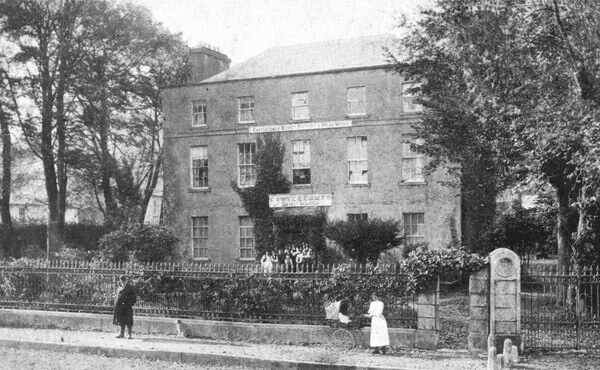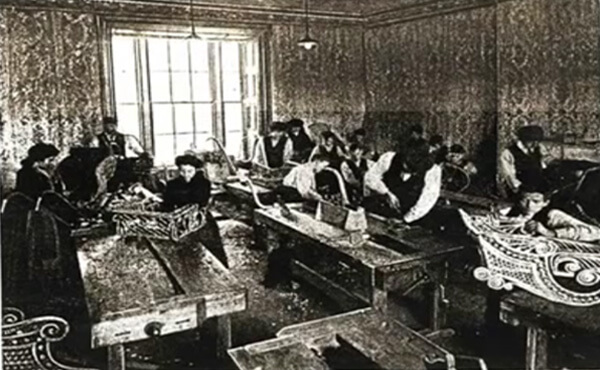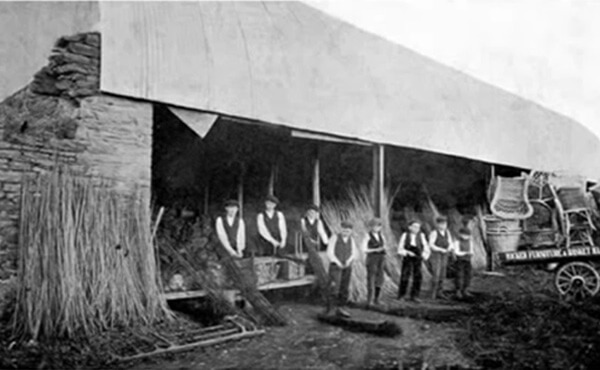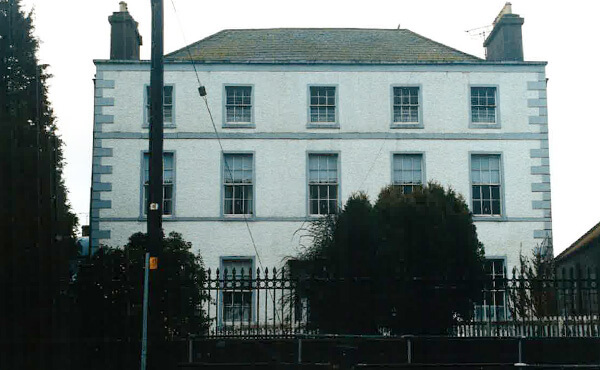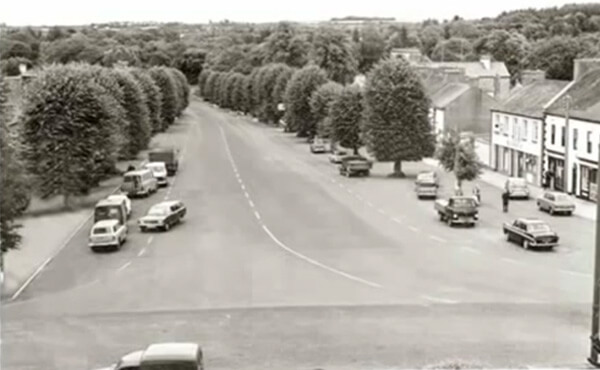History
Brief History of Creamery House
In The Beginning
1750
The Creamery House is an 18th century Georgian house located in the centre of the town of Castlecomer in County Kilkenny. Originally built in approx. 1750 by the Wandesforde family who lived on the eastern side of the Deen river which flows through the town. The Original Wandesforde estate house was burned in the 1798 rising and the last remains of the house were removed in 1975 following a fire in 1968.
THE BURNING OF THE HOUSE
1798 and the Wexford Rebels
During the 1798 invasion by the Wexford Rebels the house was occupied by Kane ( Wandesfordes land agent and Yeoman ) and his family. His two sisters sheltered in the cellars at the rear of the house while the house was set alight and burned above them. Subsequently during the trials of the Orangemen, Kane was tried, found not guilty and released. After the rebellion Lady Anne Wandesforde had the house rebuilt and around 1820 to 1830 the house was occupied by Ryan.
Later Years
Perambulator Works
After the rebellion Lady Anne Wandesforde had the house rebuilt and around 1820 to 1830 the house was occupied by Ryan. Between 1900 and 1913 the house was used as the Castlecomer “Basket Factory” where locally grown willow branches were hand woven to form baskets and prams etc. A copy of the brochure from Castlecomer Basket and Parm Factory can be viewed at Creamery House
THE CREAMERY
Some time after that R.H. Prior-Wandesforde sold the house and the present yard which was then a 3.5 acre walled garden to Castlecomer Co-operative creamery. Subsequently the Creamery was sold in 2000.
And Now
2000 - NOW
Following a fire approx. 10 years ago the roof structure was leaking extensively and dry rot set in to the building structure. The building became very dilapidated and during 2014 and 2015 has been fully restored and now house's a restaurant, offices and meeting rooms and some small exhibition rooms. Great care has been taken to preserve as many of the traditional items, details and finishes as possible, and where new materials were used the detailing and finish of the new items resemble the Georgian finishes as closely as was physically possible.
The items such as the joinery work, plasterwork etc are very specific to this building and great care was taken to recreate these items. Bespoke tools and moulds were manufactured to replicate the existing details, which was quite a painstaking job.

